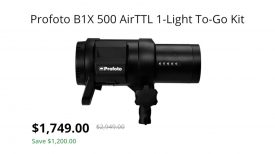
The ZITAY CFexpress Type B Card to NVME M.2 2230 SSD Adapter is compatible with Nikon Z6/Z6II/Z7/Z7II/Z9, Canon R5/R5C, and the Panasonic GH6. Essentially it allows you to use an NVME M.2 2230 SSD inside of an adapter instead of a CFexpres Type B card.
Essentially a CFExpress Type B card is exactly that, an NVMe inside of a housing. The ZITAY adapter could be viewed as a DIY solution if you want to save yourself some money.
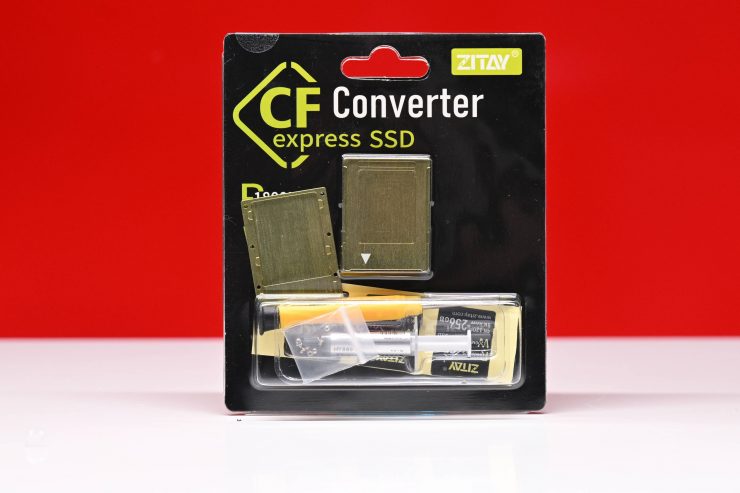
You can use this adapter and put it into the camera card slot just like a regular CFexpress Type B card. The adapter doesn’t come with an NVME M.2 2230 SSD and you need to source it yourself.
Why would you use this over a CFexpress Type B Card
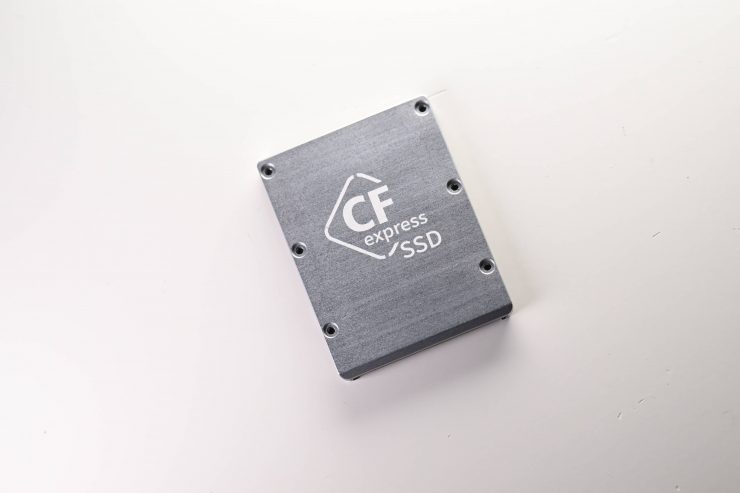
Well, essentially the only real reason is to save a few bucks. Typically, the cost of a 1TB CFexpress Type B card is going to be higher than that of a 1TB M.2 2230 SSD.
I was interested to do some research to see just how much cheaper it actually was. Now, ZITAY recommends using the Kioxia (Toshiba) BG3/BG4/BG5 SSD M.2 2230 30mm drives in the adapter.
What is a little strange is that on the ZITAY website, they state that they can not confirm whether other NVME M.2 2230 SSD will work or not, however, on the back of the actual packaged item it says otherwise. According to the packaging, it says that ‘We highly recommend SK hynix BC711, and then Kioxia (Toshiba) BG3/BG4, Western Digital PC SN530, and Western Digital PC SN740.’ The packaging then goes on to state, ‘For 8K resolution SK hynix BC711 is recommended and the firmware version needs to be C20.’ There really needs to be continuity between what your packaging and your website state. You could quite easily buy a Kioxia (Toshiba) BG3/BG4/BG5 SSD M.2 2230 30mm drive and then when your CF Converter turns up you find out that you could have bought other options. Now, after I contacted ZITAY about this, they decided to change the packaging so that the information was a little clearer.
I would have liked ZITAY to have at least tested a wider range of NVMe drives to see if they work or not. Limiting customers to just choosing a couple of NVMe models is never ideal, especially if you can’t find one to purchase. I don’t have any idea why ZITAY recommends the SK hynix BC711 over the Kioxia (Toshiba) BG3/BG4/BG5 because it actually has slower sequential write speeds.
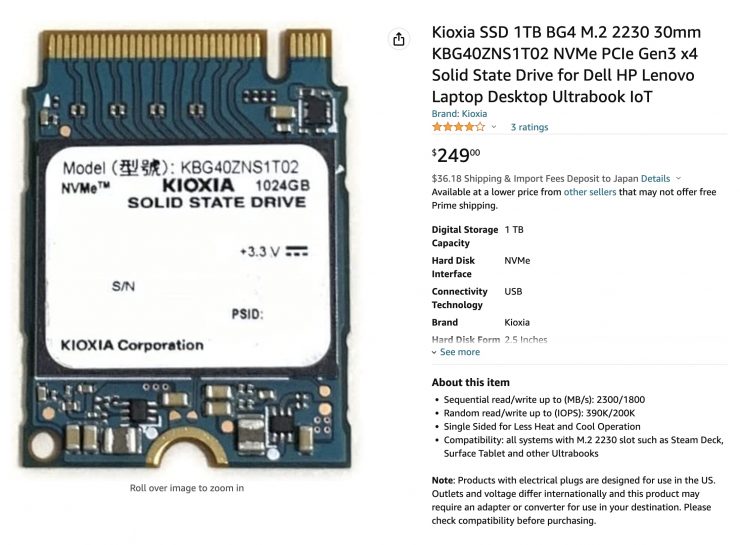
I found the Kioxia SSD 1TB BG4 M.2 2230 30mm KBG40ZNS1T02 NVMe PCIe Gen3 x4 Solid State Drive on Amazon for $249 USD. This drive has claimed Sequential read/write up to 2300/1800 MB/s. That theoretically makes it easily fast enough to handle any data rate from any camera that currently uses CFexpress Type B cards with ease. However, the ZITAY adapter only supports write speeds up to 1200MB/s and read speeds up to 1800MB/s, so the speed of the NVMe largely becomes irrelevant.
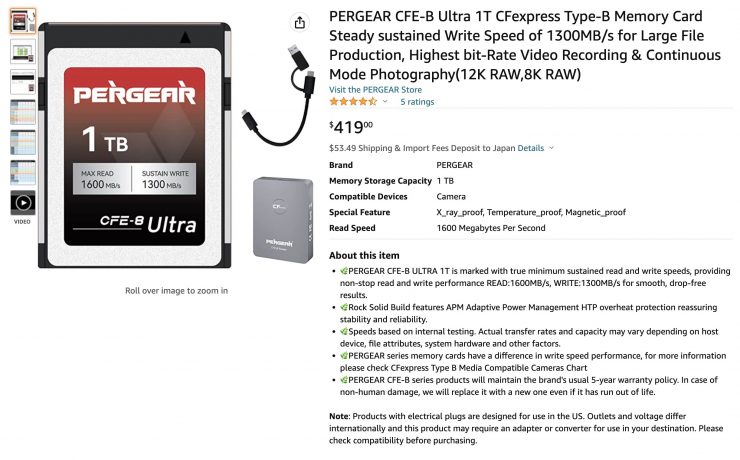
So how much does a 1TB CFexpress card cost? Well, that depends on the card. As an example, I will pick the PERGEAR CFE-B Ultra 1TB CFexpress Type-B Memory Card which costs $419 USD.
So if we do the math, below is what we get:
| PRICE | |
| ZITAY CFexpress Type B Card to NVME M.2 2230 SSD Adapter & Kioxia SSD 1TB BG4 M.2 2230 30mm KBG40ZNS1T02 NVMe PCIe Gen3 x4 Solid State Drive | $294.99 USD |
| PERGEAR CFE-B Ultra 1T CFexpress Type-B Memory Card | $419 USD |
As you can see you save yourself around $125 USD by going with the adapter and NVme. Whether you think it is worth the hassle of sourcing the ZITAY adapter and then the NVMe separately instead of just buying a CFexpress Type B card is a personal decision.
What speeds do you need your media to be able to handle?

Above you can see the card requirement speeds listed by Canon for recording 8K on the R5.
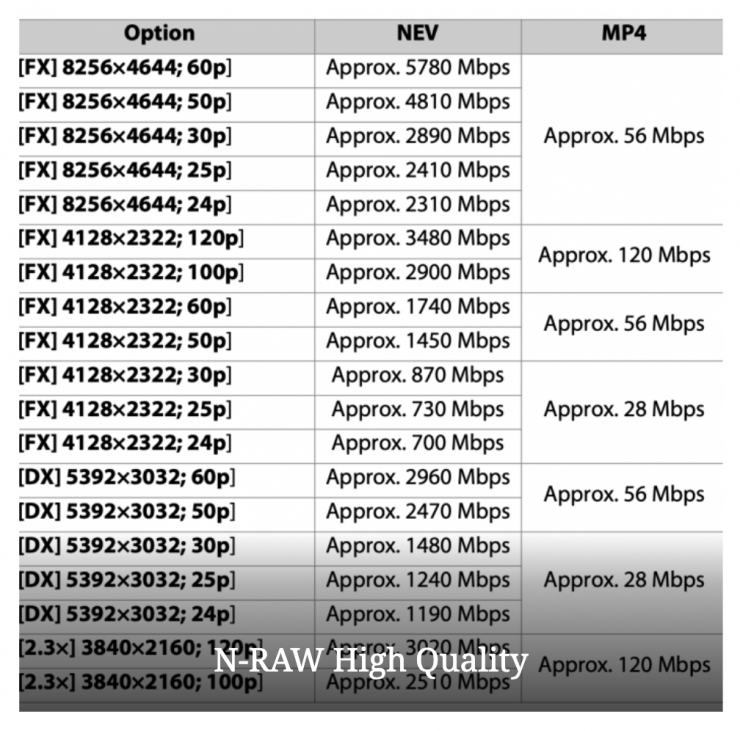
On the Nikon Z9, the maximum write speed required when shooting 8K60p in N-RAW is 578MB/s.
Now, if you are using a camera like the RED V-Raptor then you require media with a sustained minimum write speed of 800 MB/s. That will limit your card options and it is why camera companies certify particular media and not others. While the ZITAY adapter and an NVMe are certainly fast enough to be used with the RED V-Raptor and V-Raptor XL, I don’t believe that they have been certified by RED so they probably wouldn’t work.
In cameras such as the Nikon Z6/ Z6 II and Z7/ Z7 II that only feature a single lane PCIe 2.0 interface, the camera can only read and write to CFexpress cards at throttled-down speeds that are similar to what you would already get with an XQD card. As these cameras don’t even use the full write speed capabilities of XQD cards, CFexpress won’t offer any increased in-camera performance.
Build Quality
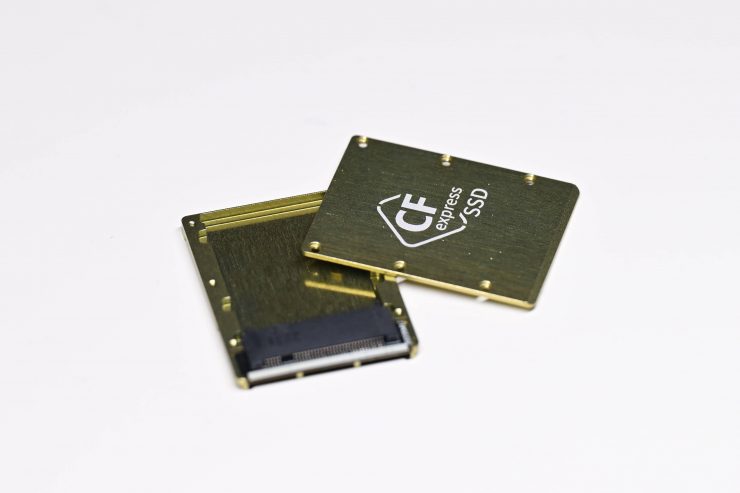
The ZITAY CFexpress Type B Card to NVME M.2 2230 SSD Adapter is pretty basic. It is just a couple of lightweight pieces of metal and a few screws. I didn’t have any concerns over the build quality.
Installation
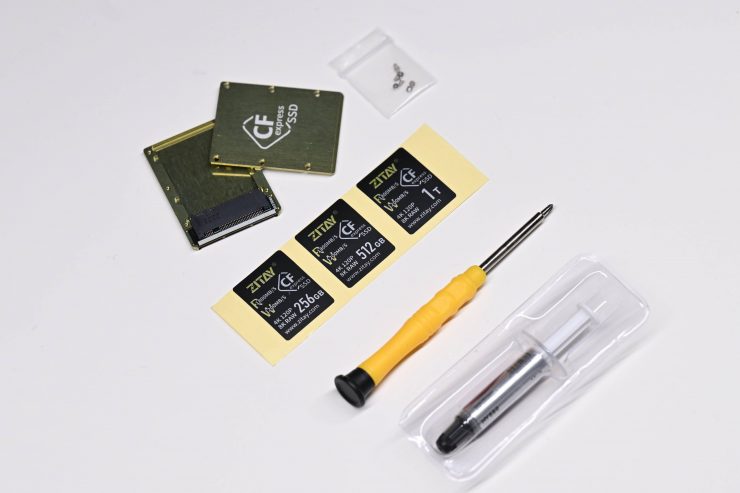
Installing the NMVe drive in the CF Converter is fairly straightforward. ZITAY gives you the tool to do it, along with three different stickers that you can place on the casing depending on the capacity of the NVMe drive you chose.
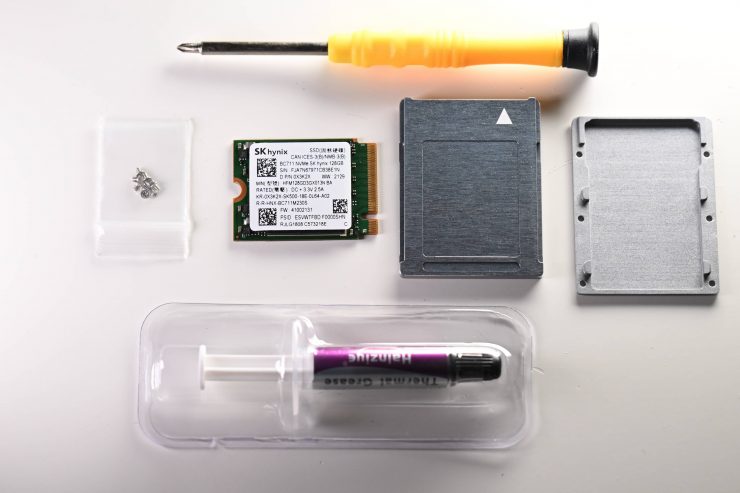
It is a simple case of placing your NVMe into the adapter and then placing some thermal grease on the top and then putting the cover on and doing up the screws. This is a fairly quick process.
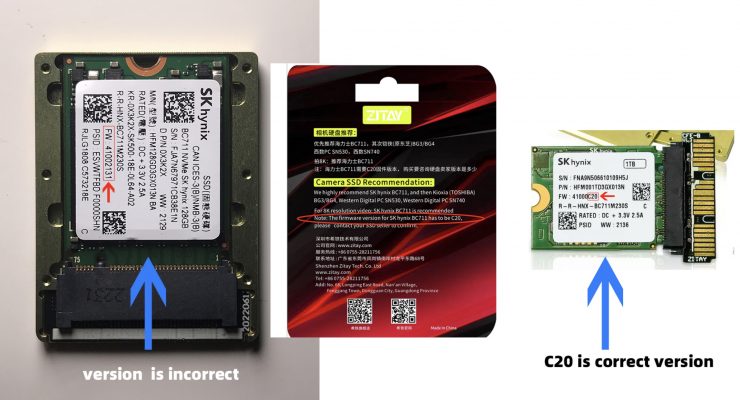
The first NVMe I purchased to test with the adapter didn’t work and this was because it didn’t have the correct firmware. I thought the NVMe drive I bought was the correct one because it required firmware C20 and the picture on Amazon showed a big C on the NVMe. When I put this NVMe into the adapter it would mount on my desktop, but the camera wouldn’t recognize it.
Fast forward to attempt number two and with the right NVMe drive installed everything worked perfectly.
What I would like to see ZITAY do is to publish a very specific list of the NVMe drives that will work and include photos so that consumers don’t end up buying the wrong one. Making sure you get the right drive is currently too complicated, especially when there are certain models of the same drive that have different firmware.
How does it perform in the real world?
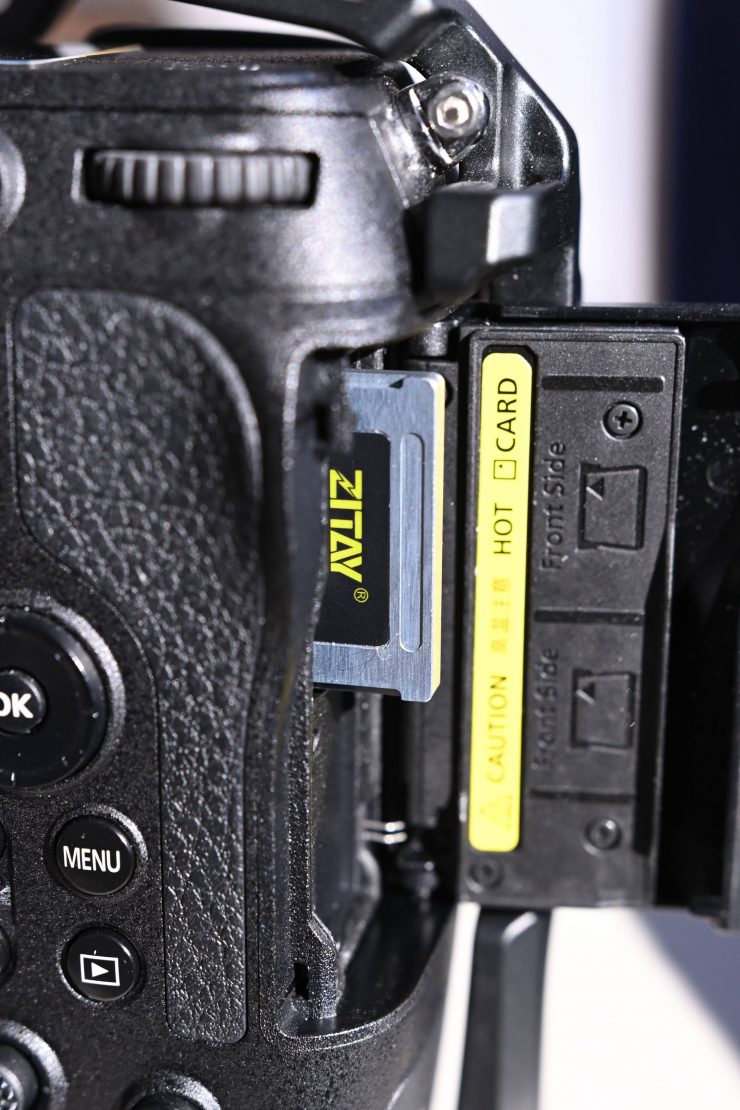
The ZITAY CFexpress Type B Card to NVME M.2 2230 SSD Adapter with the correct NVMe inserted worked without issues. The camera, in this case, the Nikon Z9, recognized the adapter just like it would any other CFexpress Type B card.
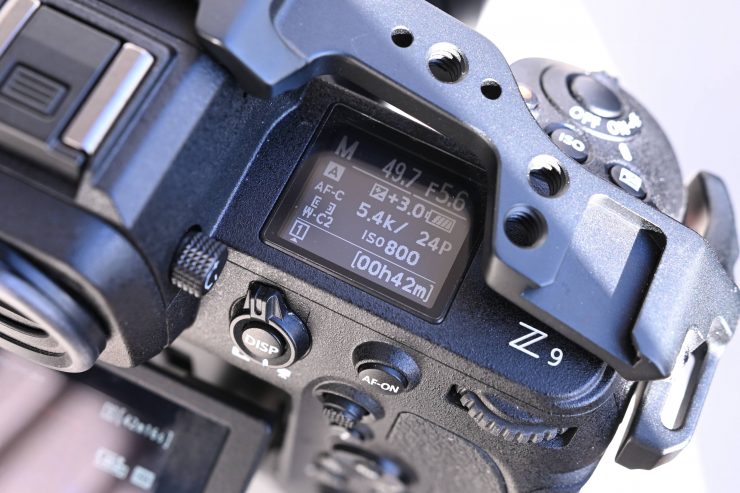
I was able to record 5.4K 23.98p ProRes RAW without any issues.
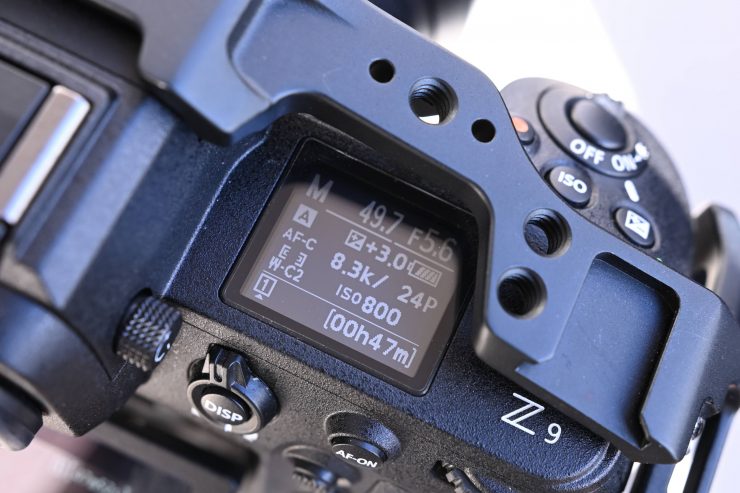
I could also record 8.3K 23.98p N-RAW (HIGH setting).
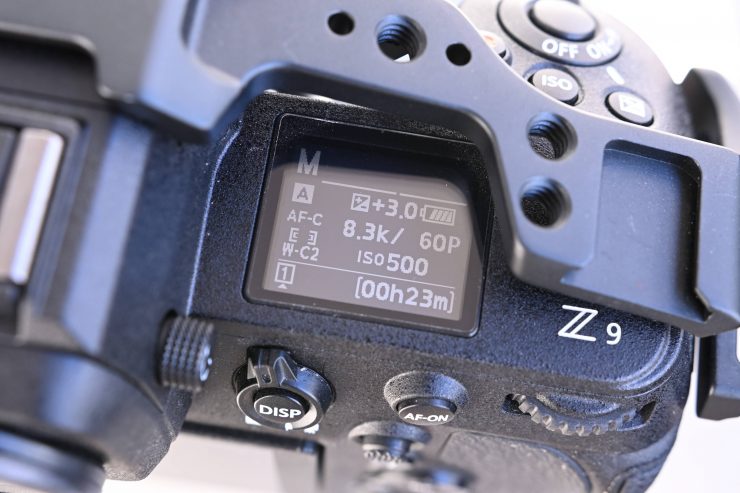
I was also able to record 8.3K 60p N-RAW in the NORMAL setting on the Nikon Z9 without any problems or errors. The adapter performed and behaved like a regular CFexpress Type B card. The camera kept recording until the card ran out of space.
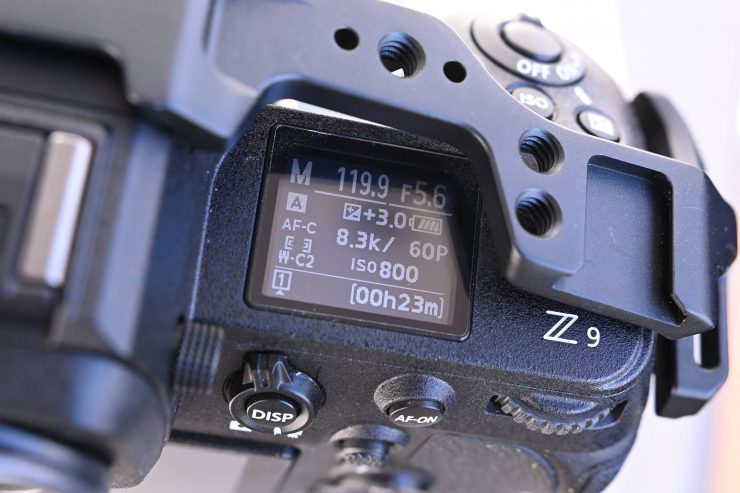
If I tried to record 8.3K 60p N-RAW in the HIGH Quality setting I ran into issues. The camera would record for around 10 seconds and then it would stop. This is certainly something you need to be aware of when using the adapter with a Nikon Z9. The bitrate when recording N-RAW 8.3K 60p in the HIGH Quality setting is around 690MBps, and clearly, the NVMe wasn’t capable of sustaining that speed.
If I put in a PERGEAR CFE-B Ultra 1TB CFexpress Type-B Memory Card I could record 8.3K 60p N-RAW in the HIGH Quality setting, but after around 10 minutes I would get a Hot Card warning.
Now, I was curious as to how fast the SK hynix BC711 NVMe that I was using was because according to its claimed specifications, it should have been able to handle 8.3K 60p N-RAW in the HIGH Quality setting with ease.
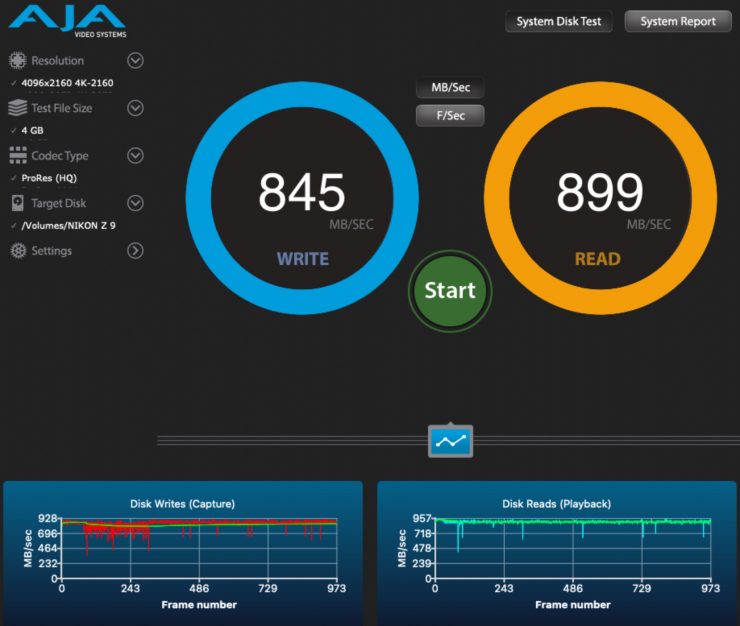
Above is the test of the NVMe after it had been formatted. It had a read speed of 845MB/s and a write speed of 899MB/s. I probably could have achieved higher scores, but it was a limitation of my card reader and system. These speeds indicated that it should easily be capable of recording 8.3K 60p in N-RAW in the HIGH Quality setting.
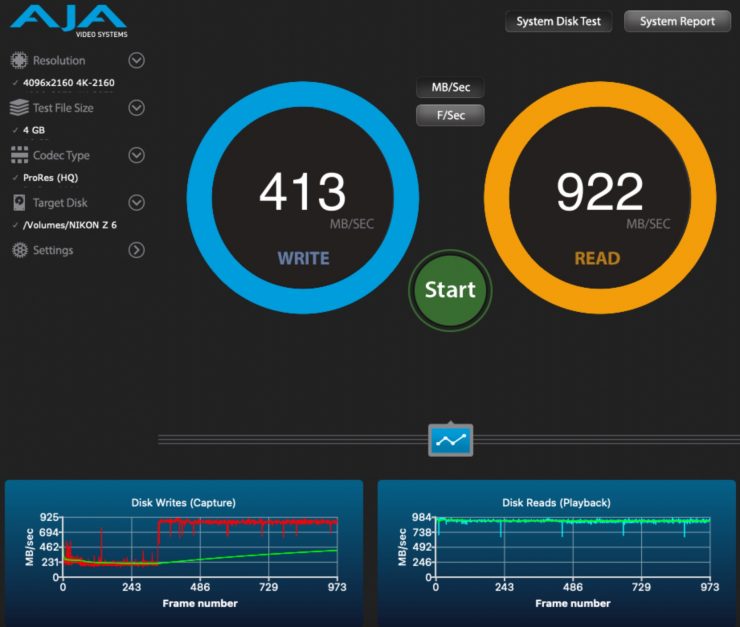
So why couldn’t it record 8.3K 60p N-RAW in the HIGH Quality setting? Well, above you can see the test I performed on the card after I had recorded around 500GB worth of material on the Nikon Z9. You can clearly see how quickly the write performance started to degrade once the card started being used. The write performance dropped from 845MB/s to 413MB/s. This is why it couldn’t record 8.3K 60p N-RAW (HIGH Quality setting). You can see just how bad the write consistency was on the test. Look, 413MB/s is hardly terrible, and in all honesty, it will be good enough to handle most recording options from cameras using CFexpress Type B cards.
Ok, so just to be fair, let’s see the same exact test for the PERGEAR CFE-B Ultra 1TB CFexpress Type-B Memory Card when it had around 500GB recorded to it.
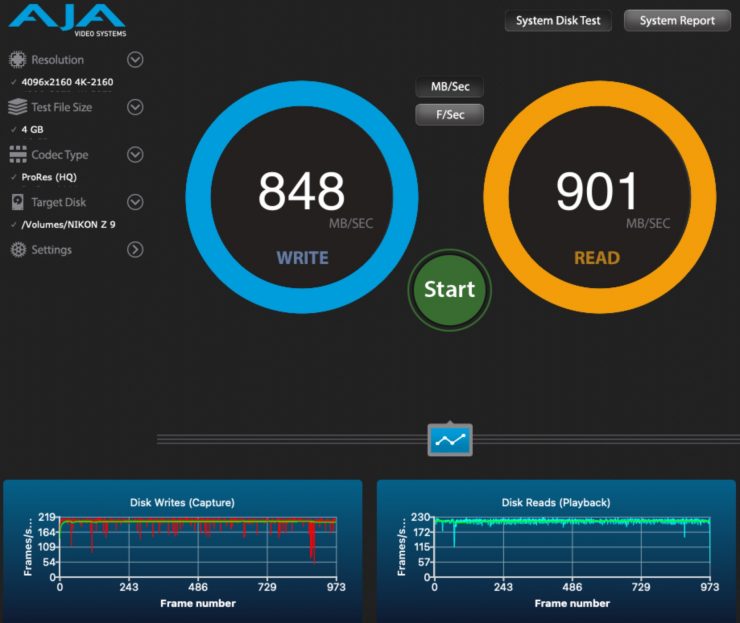
Above you can see that PERGEAR CFE-B Ultra 1TB still maintained a high write speed even though it had around 500GB recorded to it.
As you can see, not all media is created equal, regardless of what manufacturers want you to believe.
Price & Availability
The ZITAY CFexpress Type B Card to NVME M.2 2230 SSD Adapter retails for $43.99 USD. Perhaps this is a little high considering it is essentially just a connector and a couple of pieces of metal, but it will save you money over getting a dedicated CFexpress Type B card.
Conclusion
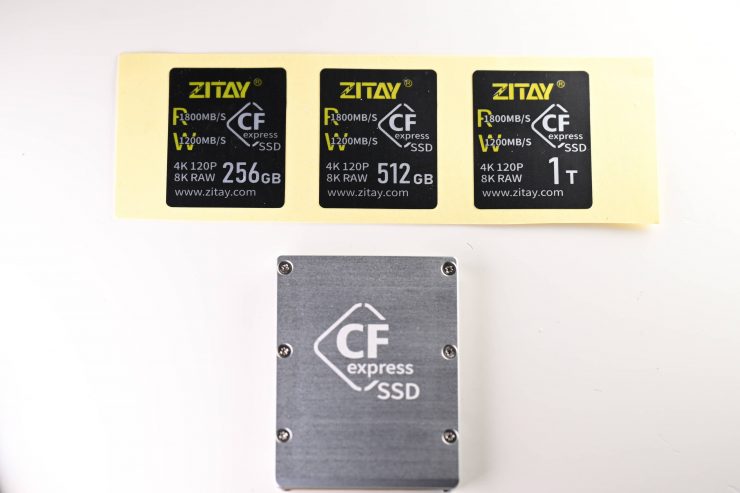
The ZITAY CFexpress Type B Card to NVME M.2 2230 SSD Adapter certainly works as advertised, but with the price of CFexpress Type B cards continuing to fall, I am in two minds as to whether the relatively small saving you make from choosing the adapter and an NVMe over a card is worth it. You need to source the adapter, separately order an NVMe, and then do a small amount of DIY work before you can use it. You are also limited to using just a handful of NVMe drives. Because ZITAY can only guarantee that a select few NVMe drives will work with the CF Converter you can’t take the risk of buying another brand, because if it doesn’t work, then you are stuck with it. It would have made more sense if ZITAY just chose to sell the adapter with an NVMe in it already. If lots of brands of NVMe worked then I could understand giving consumers the choice by just selling a bare adapter.
The biggest issue for me was that when I used a recommended NVMe drive inside the adapter, the write performance plummeted once the card started to be used. This is something that didn’t happen to the CFexpress Type B card that I tested. Now, to be fair to ZITAY, they only make the adapter and not the NVME drives that go inside, so I can’t blame them for write speed issues.
On the positive side, if you ever decided to sell your camera and you no longer needed CFexpress Type B media, if you go down the adapter route then you can always re-purpose the NVMe or just keep it in the adapter and use it as a small hard drive.
The caveat is that NVME M.2 2230 only seems to be available in capacities of up to 2TB, whereas you can buy CFexpress Type B cards with capacities of up to 4TB.
Despite my complaints, the product does work well and it will save you some money. It works as advertised and I had no problem recording 8.3K 60p N-RAW (NORMAL setting) with it. Is it a better option than just buying a CFexpress type B card? In my opinion, no. For professional applications, I would recommend sticking to CFexpres Type B media that has been approved and tested by camera manufacturers. Don’t take chances with media because, at the end of the day, all the fruits of your labor are on there.

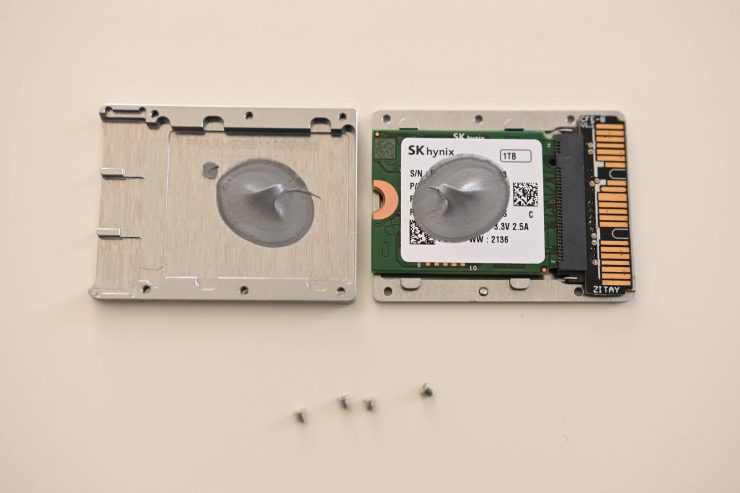
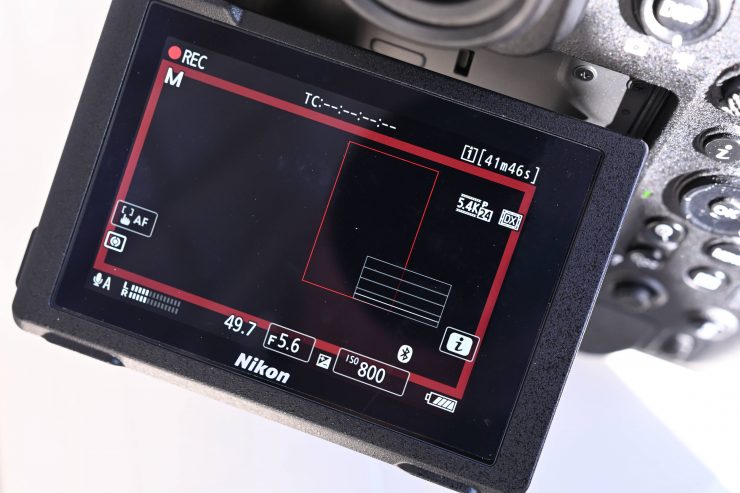
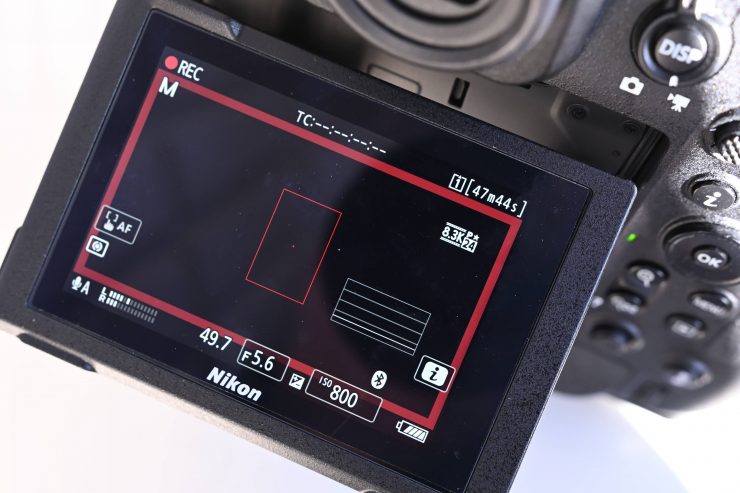
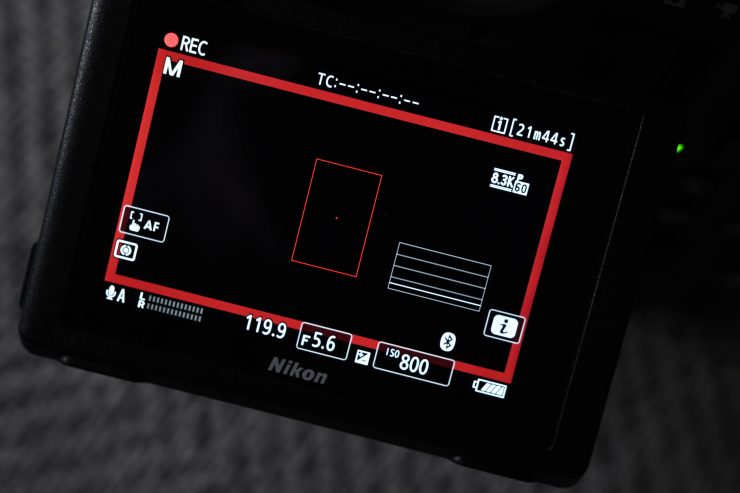
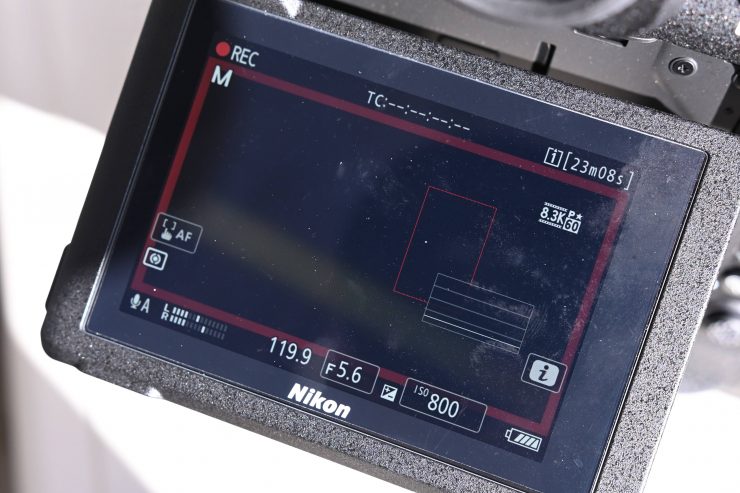
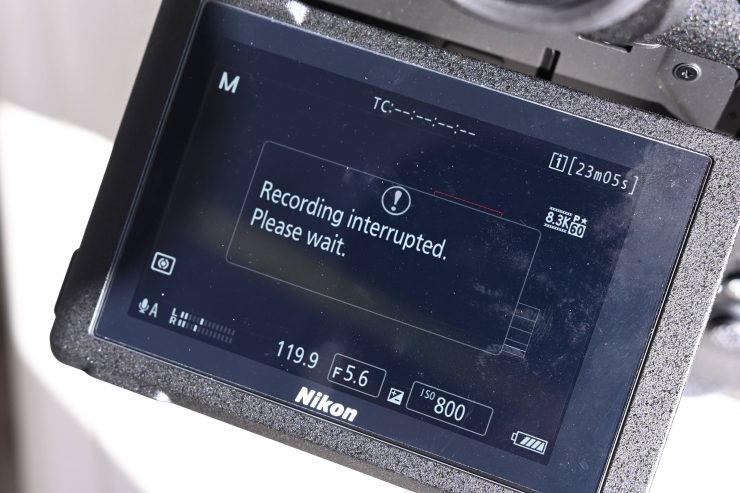
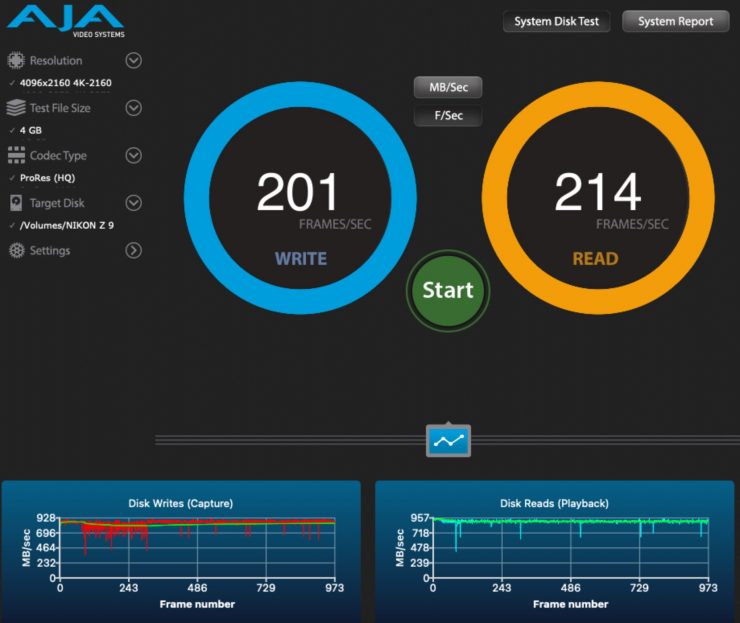
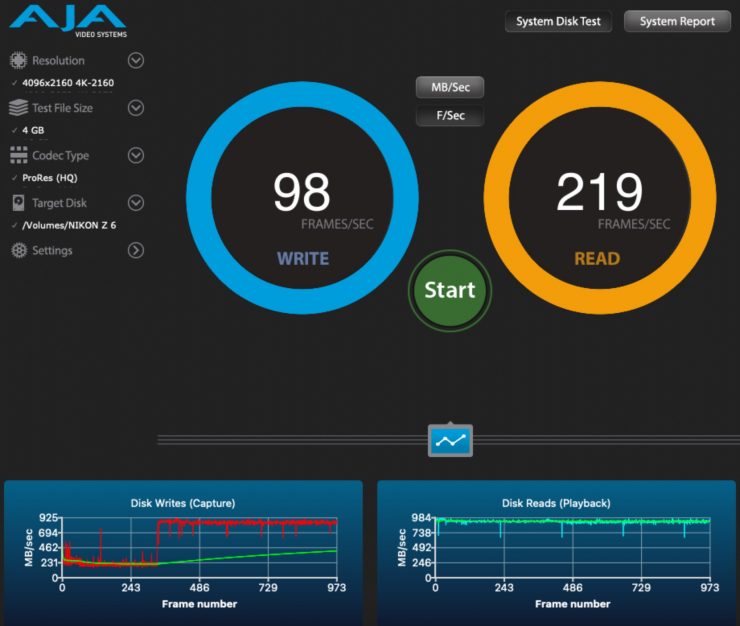
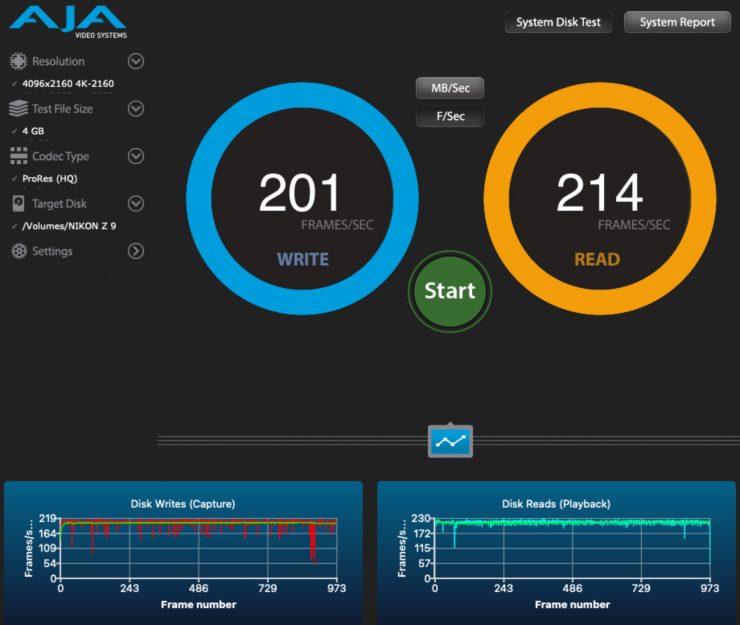


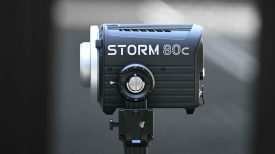
-275x154.jpeg)
